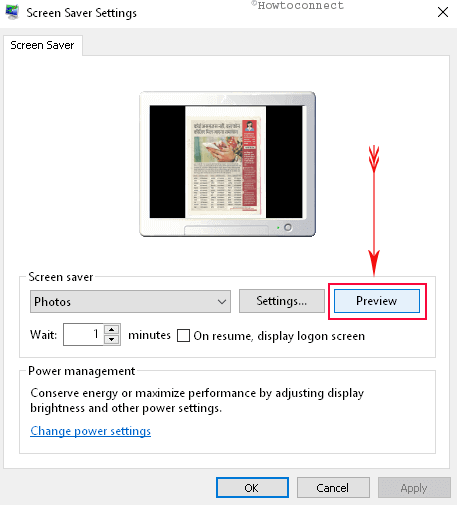
Or you can also follow the instructions below: scr file on your desktop and then open a blank Notepad. Although Excel is not built to be a script file writer, it sure does do a good job (in my own opinion).To edit SCR or Screen Saver Files, you can use Notepad or notepad++. On the other hand script files are small, lightweight, and east to create, making them an AWESOME tool for such one-time-only scenarios. Since you’re only going to use the solution once, its hard to justify more complex tools like VBA. Scenarios like the one above are often unique. Simply drag-and-drop the file into the drawing area of AutoCAD. Running a script file is actually pretty easy. Once your Excel table is set up properly, simply copy and paste the “Script” column to a new Notepad file, and save it with a SCR extension (rather than a TXT) extension. I structured my Excel table such that my first column was my X value, the second my Y value, and finally my third column the AutoCAD script. Notice the spaces between each the command, and each coordinate value. In this case I chose to do the following: Knowing the command sequence of the LINE command, I can now sit down and write the framework of my AutoCAD script. Knowing that I can begin structuring my script. The “next point” prompt will continue until enter is pressed. So the LINE command prompts me for first a “start point”, and then the “next point”. I’ll admit, this seems a little elementary, but we need to be sure we know what prompts are included in the AutoCAD LINE command.

#WHERE TO PASTE .SCR FILES WINDOWS#
Windows batch files carry the BAT extension, whereas an AutoCAD script file carries a SCR extension. So what is an AutoCAD script file? Quite simply a script file is a batch file for AutoCAD.

Even still, the trick of yesterday can still help solve many tedious and mundane tasks today.

“Back in the day” I knew of many CAD users who couldn’t go a day without running a script file or two. Script files seem to be one of the many forgotten frontiers of AutoCAD.


 0 kommentar(er)
0 kommentar(er)
